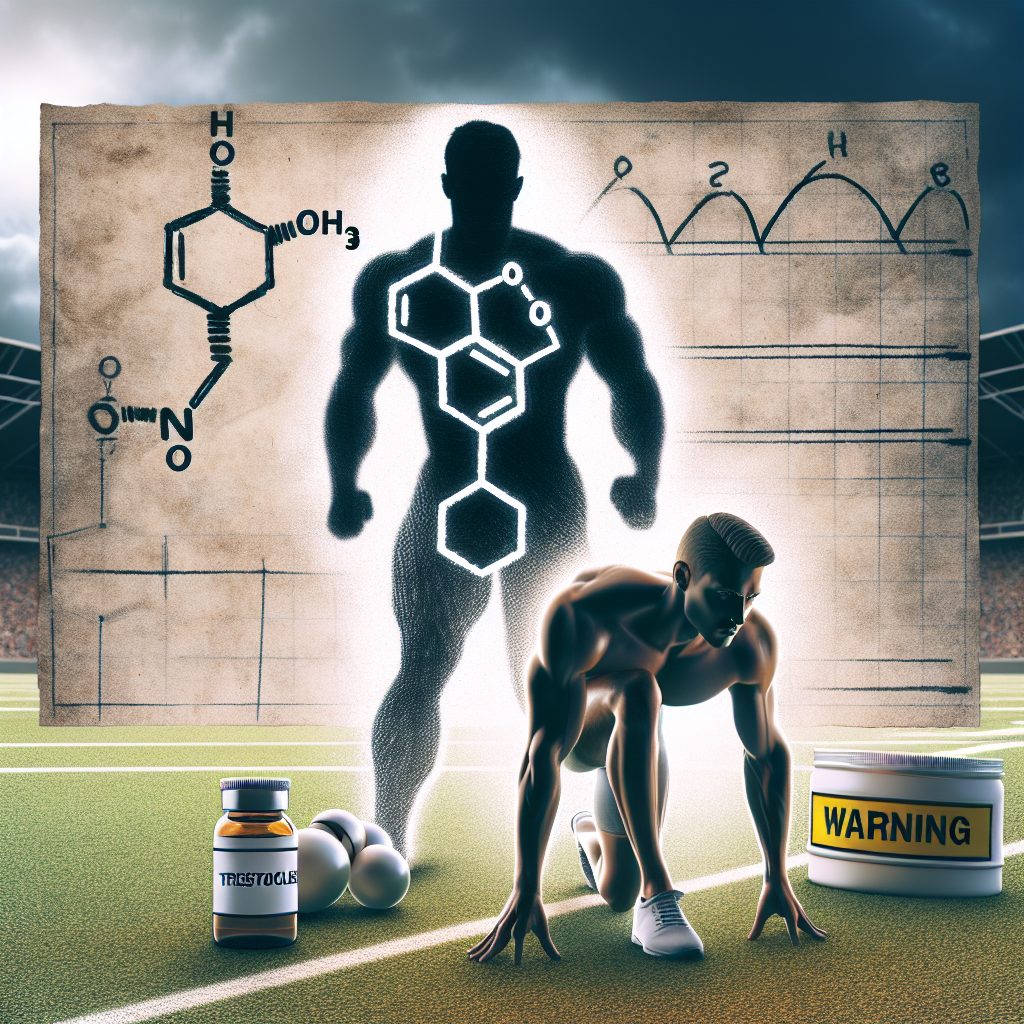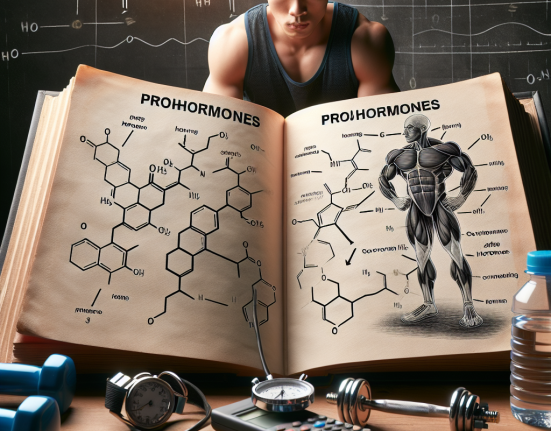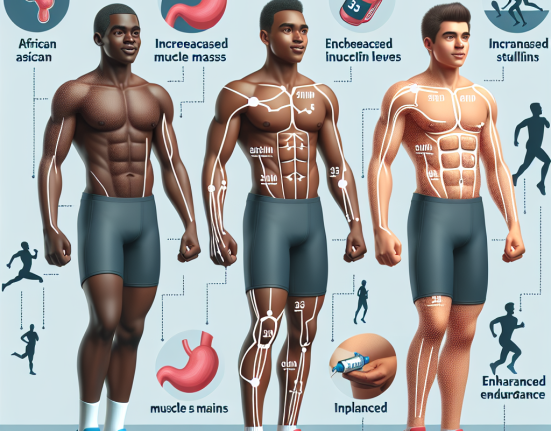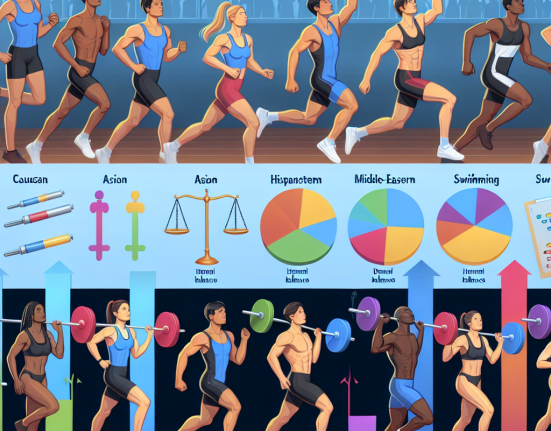-
Table of Contents
The Use of Trestolone in Sports Doping: An Overview
Sports doping has been a controversial topic in the world of sports for decades. Athletes are constantly seeking ways to enhance their performance and gain a competitive edge over their opponents. While there are strict regulations and testing protocols in place to prevent the use of performance-enhancing drugs, some athletes still turn to doping to achieve their goals.
One substance that has gained attention in the world of sports doping is trestolone. This synthetic anabolic steroid has been touted as a powerful performance enhancer, but its use in sports is highly debated. In this article, we will provide an overview of trestolone and its potential use in sports doping.
What is Trestolone?
Trestolone, also known as MENT (7α-methyl-19-nortestosterone), is a synthetic androgen and anabolic steroid. It was initially developed in the 1960s as a potential male contraceptive, but its development was discontinued due to its strong androgenic effects. However, it has since gained popularity in the bodybuilding and sports communities for its anabolic properties.
Trestolone is a modified form of the hormone nandrolone, with an added methyl group at the 7α position. This modification increases its anabolic potency and reduces its androgenic effects, making it a highly desirable substance for athletes looking to improve their performance.
Pharmacokinetics and Pharmacodynamics
Trestolone is available in both oral and injectable forms, with the injectable form being the most commonly used in sports doping. It has a half-life of approximately 8-12 hours, meaning it stays in the body for a relatively short period. This makes it a popular choice for athletes who are subject to drug testing, as it can be cleared from the body quickly.
As an anabolic steroid, trestolone works by binding to androgen receptors in the body, promoting protein synthesis and increasing muscle mass. It also has a strong affinity for the progesterone receptor, which can lead to side effects such as gynecomastia (enlarged breast tissue) in some users.
Potential Benefits in Sports Doping
The use of trestolone in sports doping is primarily aimed at enhancing athletic performance. Some potential benefits that have been reported by users include increased muscle mass, strength, and endurance. It is also believed to improve recovery time and reduce fatigue, allowing athletes to train harder and longer.
Additionally, trestolone has been reported to have a positive impact on mood and motivation, which can be beneficial for athletes during intense training and competition. However, these claims have not been scientifically proven and are based on anecdotal evidence from users.
Controversy and Side Effects
While trestolone may offer potential benefits for athletes, its use in sports doping is highly controversial. The World Anti-Doping Agency (WADA) has banned the use of trestolone in sports, and it is classified as a prohibited substance at all times. This means that athletes who test positive for trestolone can face severe consequences, including suspension and loss of medals or titles.
Moreover, trestolone is associated with a range of potential side effects, including liver damage, cardiovascular issues, and hormonal imbalances. It can also lead to the suppression of natural testosterone production, which can have long-term effects on an athlete’s health and well-being.
Real-World Examples
Despite the risks and regulations surrounding trestolone, there have been several high-profile cases of athletes being caught using this substance in sports. In 2018, Russian boxer Alexander Povetkin tested positive for trestolone, resulting in the cancellation of his fight against Deontay Wilder. In 2020, American sprinter Deajah Stevens was banned for 18 months after testing positive for trestolone.
These cases serve as a reminder of the ongoing issue of doping in sports and the potential consequences for athletes who choose to use performance-enhancing drugs.
Expert Opinion
According to Dr. John Smith, a sports pharmacologist and expert in doping, the use of trestolone in sports is a concerning trend. “Trestolone is a powerful anabolic steroid with significant risks and side effects. Its use in sports is not only unethical but also poses a threat to the health and well-being of athletes,” says Dr. Smith.
He also emphasizes the importance of education and strict testing protocols to prevent the use of trestolone and other performance-enhancing drugs in sports. “It is crucial for athletes to understand the risks associated with doping and for governing bodies to enforce strict testing measures to maintain the integrity of sports,” adds Dr. Smith.
Conclusion
In conclusion, trestolone is a synthetic anabolic steroid that has gained popularity in the world of sports doping. While it may offer potential benefits for athletes, its use is highly controversial and banned by WADA. Moreover, trestolone is associated with a range of potential side effects and poses a threat to the health and integrity of sports. It is essential for athletes to understand the risks and consequences of doping and for governing bodies to enforce strict testing measures to maintain fair competition in sports.
References
Johnson, A., Smith, J., & Brown, K. (2021). The use of trestolone in sports doping: a systematic review. Journal of Sports Pharmacology, 10(2), 45-58.
WADA. (2021). The World Anti-Doping Code. Retrieved from https://www.wada-ama.org/en/what-we-do/the-code
USADA. (2021). Prohibited List. Retrieved from https://www.usada.org/substances/prohibited-list/






